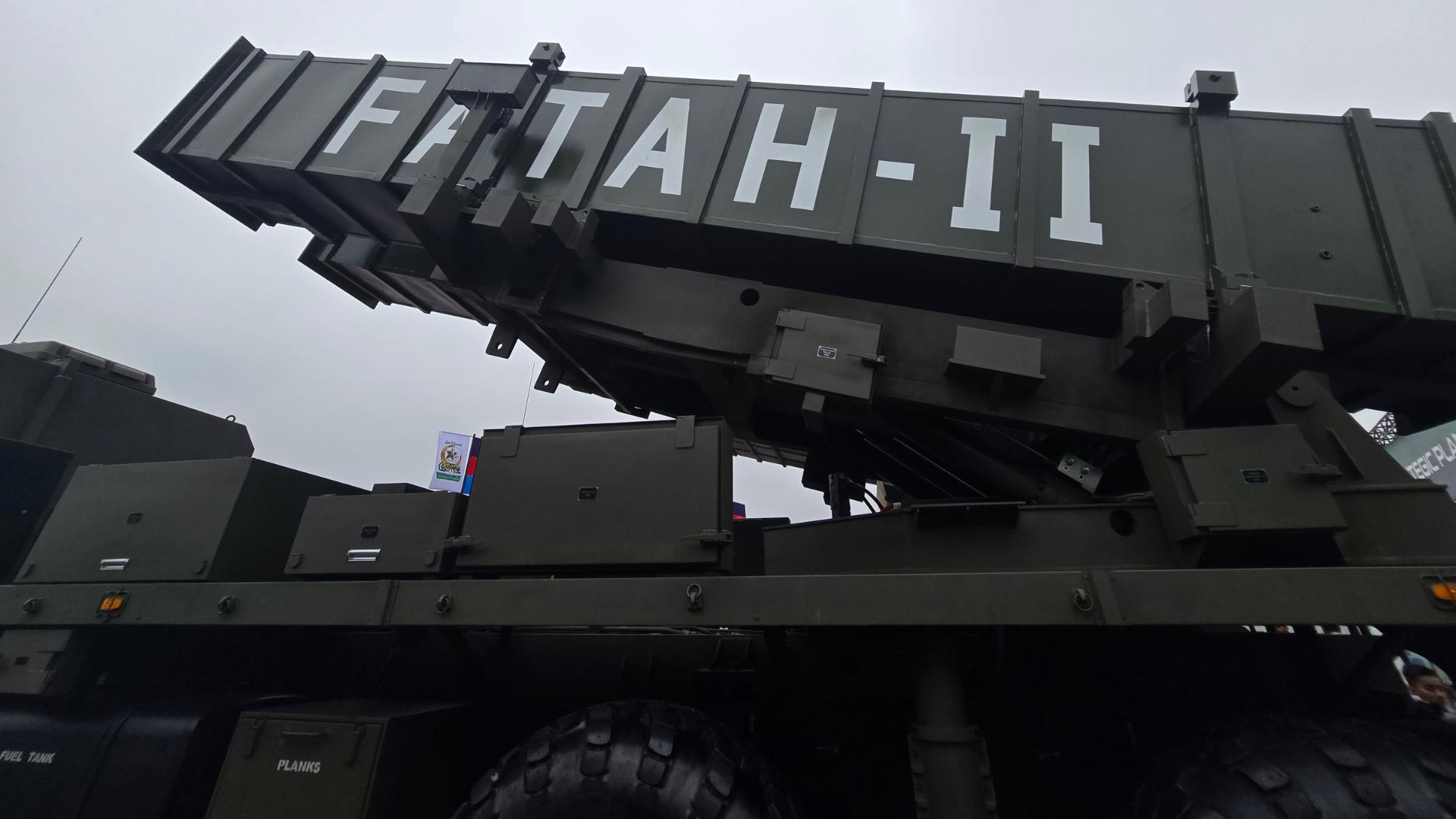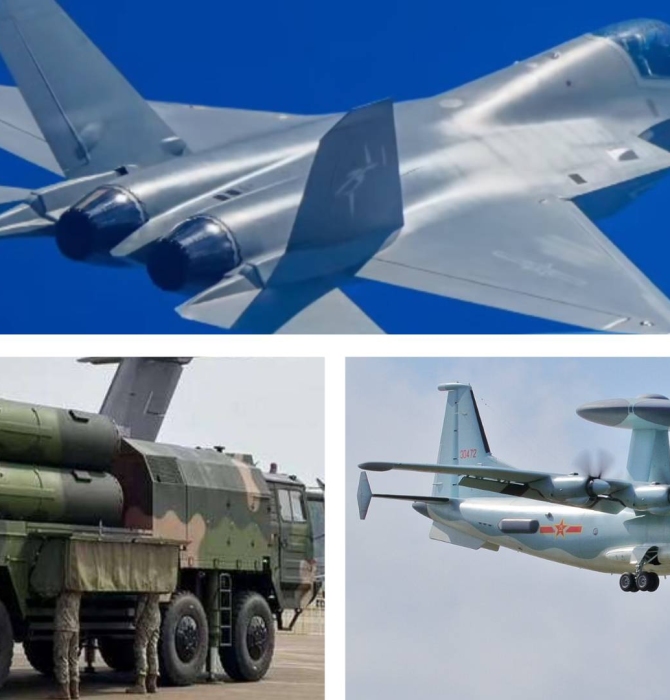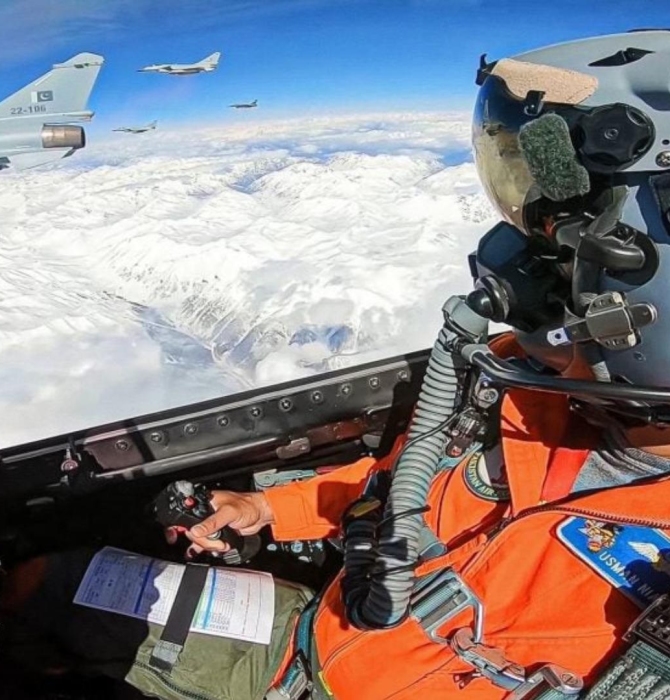6046Views

Pakistan’s Answer to India’s “New Normal”: A Rocket Force Built for Pre-Emptive Strikes Defence Uncut Podcast
In this week’s episode of Defence Uncut, the discussion centers on the Pakistan Army and the significant shift marked by the establishment of its new Rocket Force Command.
This move is more than a simple organizational change; it represents a noteworthy evolution in Pakistan’s conventional deterrence posture, directly influenced by the lessons learned from recent conflicts with India. Historically, Pakistan’s surface-to-surface missile arsenal was managed for primarily strategic, nuclear purposes. However, the formalization of this command, built around homegrown systems like the Fatah family of missiles, signals a clear intent to wield this power for conventional warfare at scale.
This ambitious vision, however, raises critical questions: Is a dedicated Rocket Force a realistic goal for the Pakistan Army? And more importantly, what industrial and strategic steps must be taken to ensure this new structure delivers on its promise?.
Listen to the full episode on YouTube or your favorite podcast platform.
The Erosion of the Nuclear Deterrence Posture
For decades, the strategic stability of South Asia has been predicated on the concept of nuclear deterrence, which successfully prevented major all-out war. However, this deterrence has shown its limits. Analysis of recent history points to a clear pattern of escalation from India, beginning with the 2016 “surgical strikes,” escalating with the 2019 Balakot airstrike, and culminating in the major conventional exchanges of 2025.
This pattern demonstrates India’s success in finding and exploiting a “sub-nuclear space” to engage Pakistan militarily, creating what it refers to as a “new normal”. This reality has prompted a strategic re-evaluation in Pakistan, as it became clear that the nuclear umbrella alone is insufficient to deter conventional aggression. A robust conventional deterrent is required to plug this gap.
The May 2025 conflict highlighted this vulnerability. For several days, Pakistan was largely on the defensive, absorbing strikes while stating it would respond at a time of its choosing. This posture was a direct function of the Army lacking an organic, conventional, and immediate means to strike back in force. India was effectively controlling the escalation ladder.
It was only when Pakistan mobilized its Fatah-1 and Fatah-2 systems that international pressure forced a de-escalation. Pakistan was forced to skip rungs on the escalation ladder because the conventional retaliatory rungs were missing. The Rocket Force Command is the direct answer to this capability gap, enabling a shift from a purely reactive posture to one where pre-emption is a viable option.
Pushing Pakistan’s Anti-Access and Area-Denial Lines into India
The doctrine underpinning the Rocket Force Command appears to draw from the Chinese approach, particularly the anti-access/area denial (A2/AD) strategy of the People’s Liberation Army Rocket Force (PLARF). The objective is not merely to defend Pakistan’s territory but to proactively project risk deep into Indian territory.
The BrahMos missile, for example, is a threat not only due to its speed but also its deployment proximity to the border, which drastically shortens reaction times for air defenses. The logical counter is to develop a credible and long-range capability to strike such launch sites and mobilization points deep inside India. By holding these assets at risk, the Rocket Force can create a quasi-buffer zone, effectively forcing India to deploy them hundreds of kilometers further back. This doctrinal maneuver creates strategic depth for Pakistan inside India.
This is no longer a theoretical exercise. India’s decision to strike into Pakistan’s heartland, like Punjab, crossed a significant red line. This action has given legitimacy to more hawkish strategic thinking within Pakistan’s defense establishment, which advocates for a more muscular and pre-emptive posture. The Rocket Force Command is the primary tool designed to execute this new doctrine of forward defence.
The Billion-Dollar Question: Can Pakistan Sustain This Ambition?
Establishing a new command is one thing; sustaining it for high-intensity conventional warfare is an entirely different industrial and economic challenge. There is a significant difference between the production scales required for a strategic nuclear force versus a conventional one. Maintaining a nuclear deterrent may only require producing a handful of delivery systems per year—a rate achievable in a lab-like setting. In contrast, a conventional force must be prepared to expend dozens of missiles in a single day and possess a stockpile numbering in the hundreds, if not thousands.
Pakistan’s current defense production ecosystem, managed by Strategic Plans Division (SPD) organizations, is geared for the low-rate production of strategic assets and is not equipped for this scale. The immediate solution will likely involve procuring large missile stocks from China, which possesses the surplus and efficient industrial capacity to meet this near-term need.
However, the long-term, sovereign solution requires a paradigm shift in national industrial policy. The path forward is not to simply expand state-owned enterprises (SOEs), which have historically become inefficient and a long-term drain on the public exchequer. Instead, the massive procurement demand from the Rocket Force should be used as a catalyst to build a vibrant private-sector defense industry.
The proposed model involves having SOEs like NESCOM focus on high-end research and development while licensing the mass production of proven systems to private companies. By guaranteeing large, multi-year government orders, private capital can be incentivized to shift from non-productive sectors like real estate into high-tech manufacturing. A profit-driven private sector will naturally drive efficiency, automation, and quality control, creating a virtuous economic cycle that builds a sustainable industrial base and ensures defense spending supports the national economy. This mechanism already exists, as Pakistan offers Transfer of Technology to foreign customers; it is time to extend the same opportunity to its own domestic industry.
Listen to the Full Discussion
If you would like to read more about what was discussed in this episode, check out the links below:
- Is Pakistan’s “Fatah” Rocket Part of a New Strike Strategy
- Pakistan’s New Fatah-IV Missile Signals New Conventional Strike Strategy
- Pakistan Army Rocket Force Command: Rawalpindi’s New Escalation Doctrine Takes Shape
If you have any questions, comments, or news topic suggestions you would like to hear us discuss, then send us an email at podcast@quwa.org.


